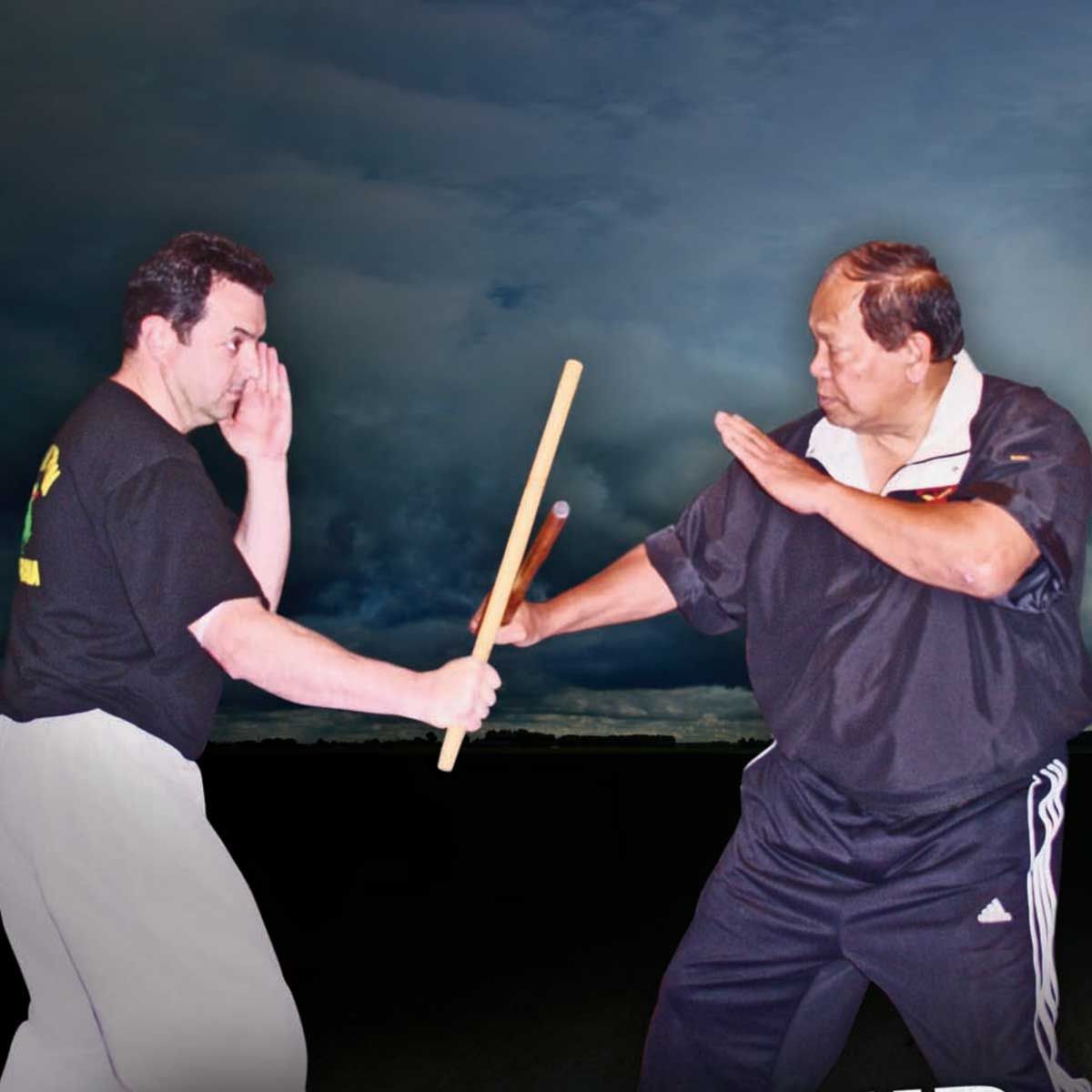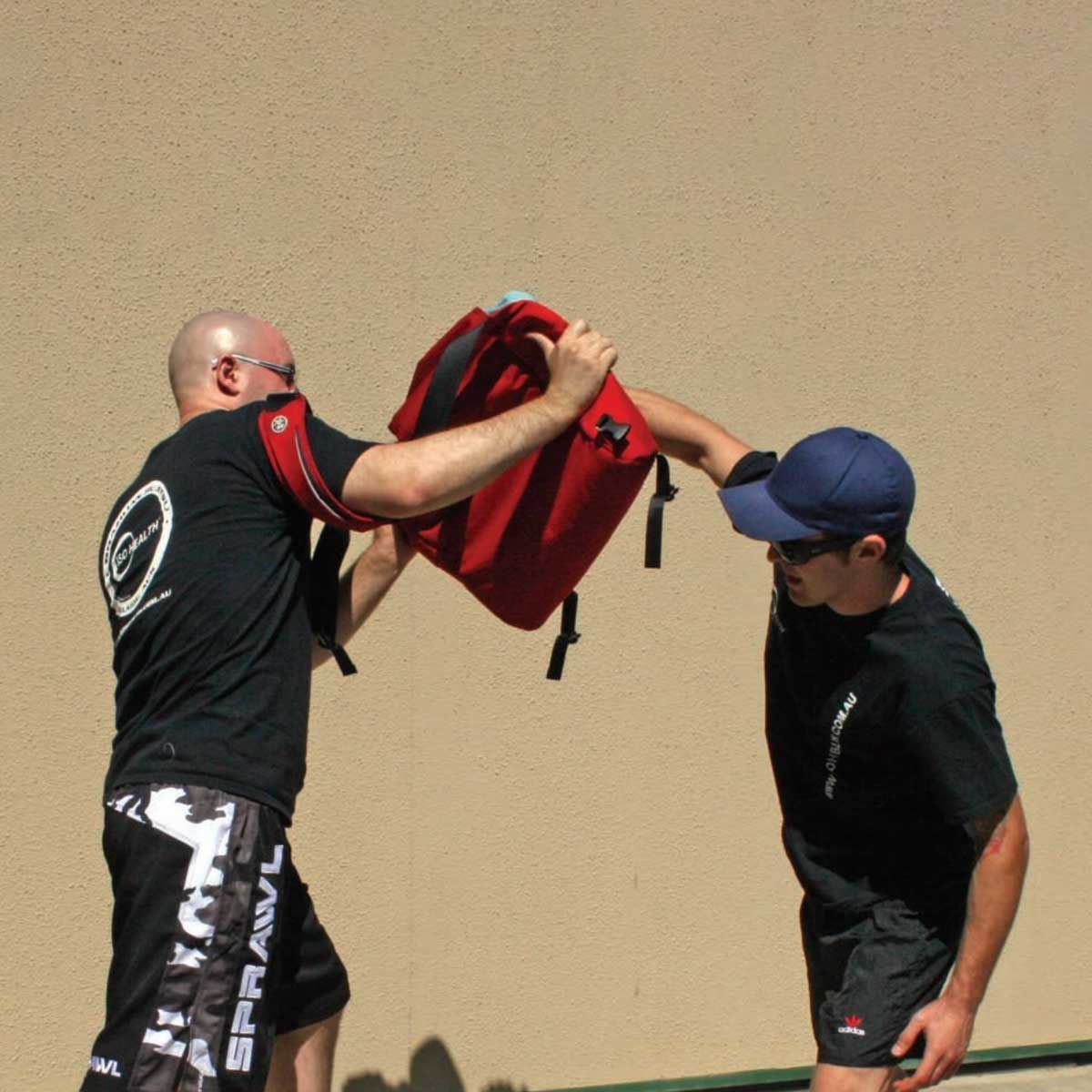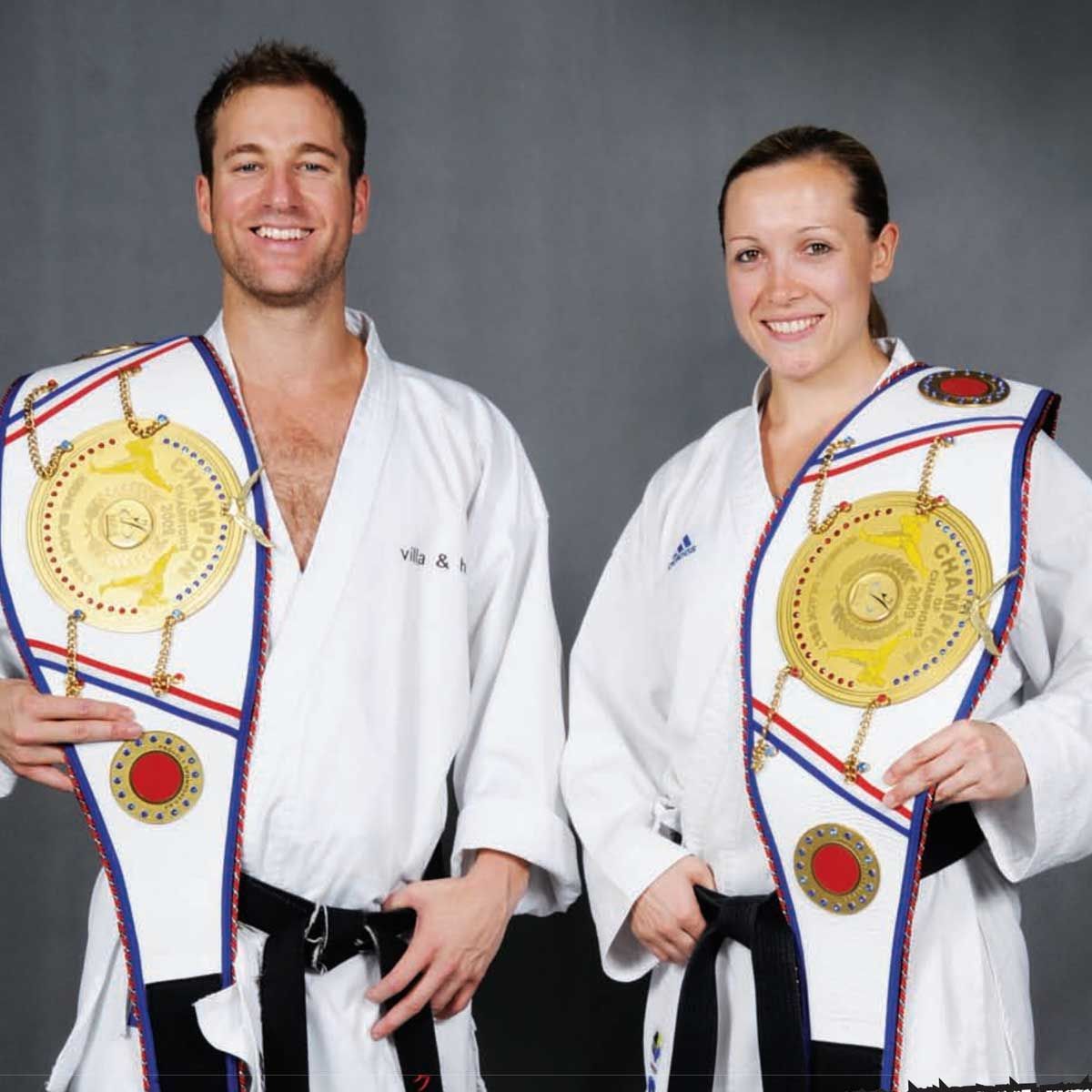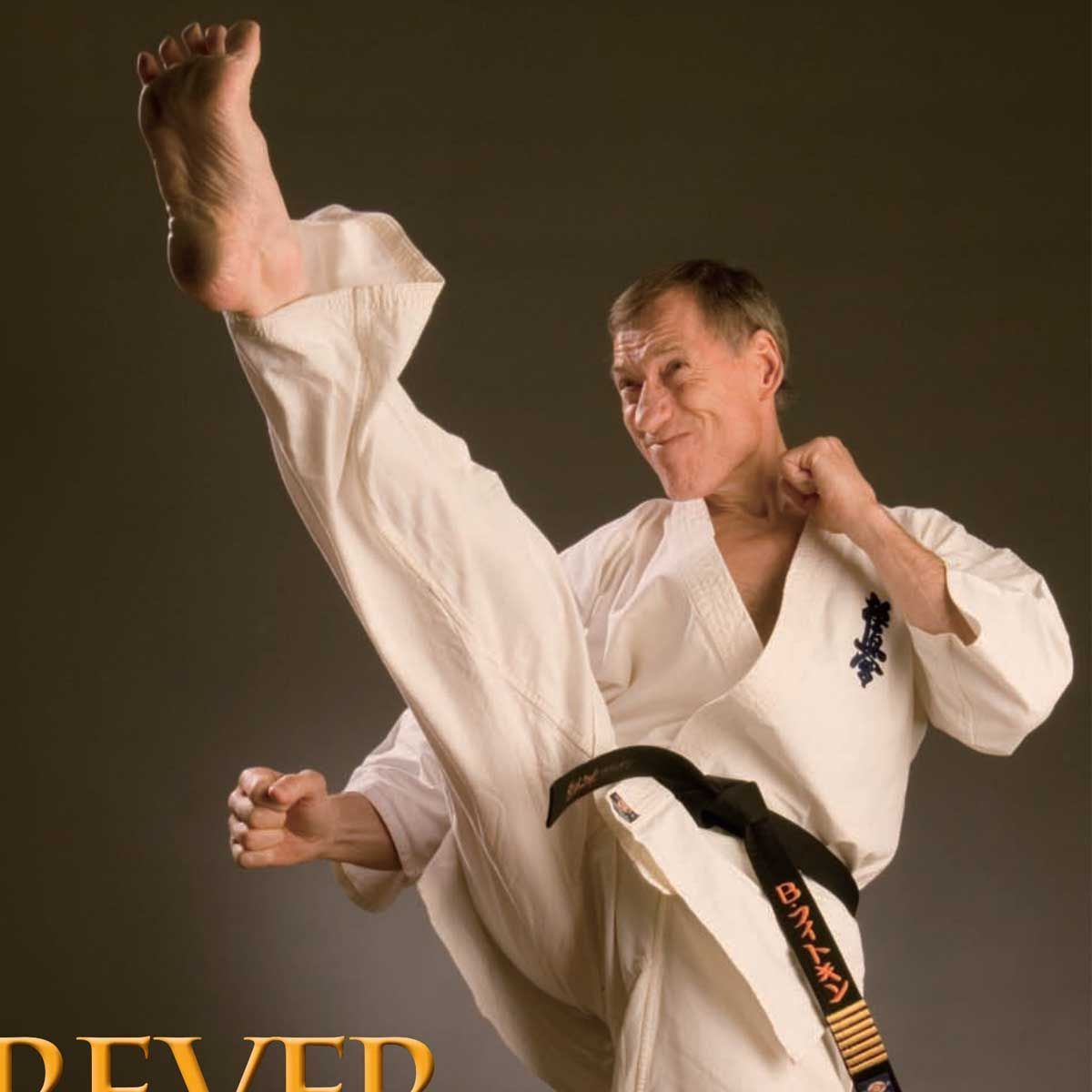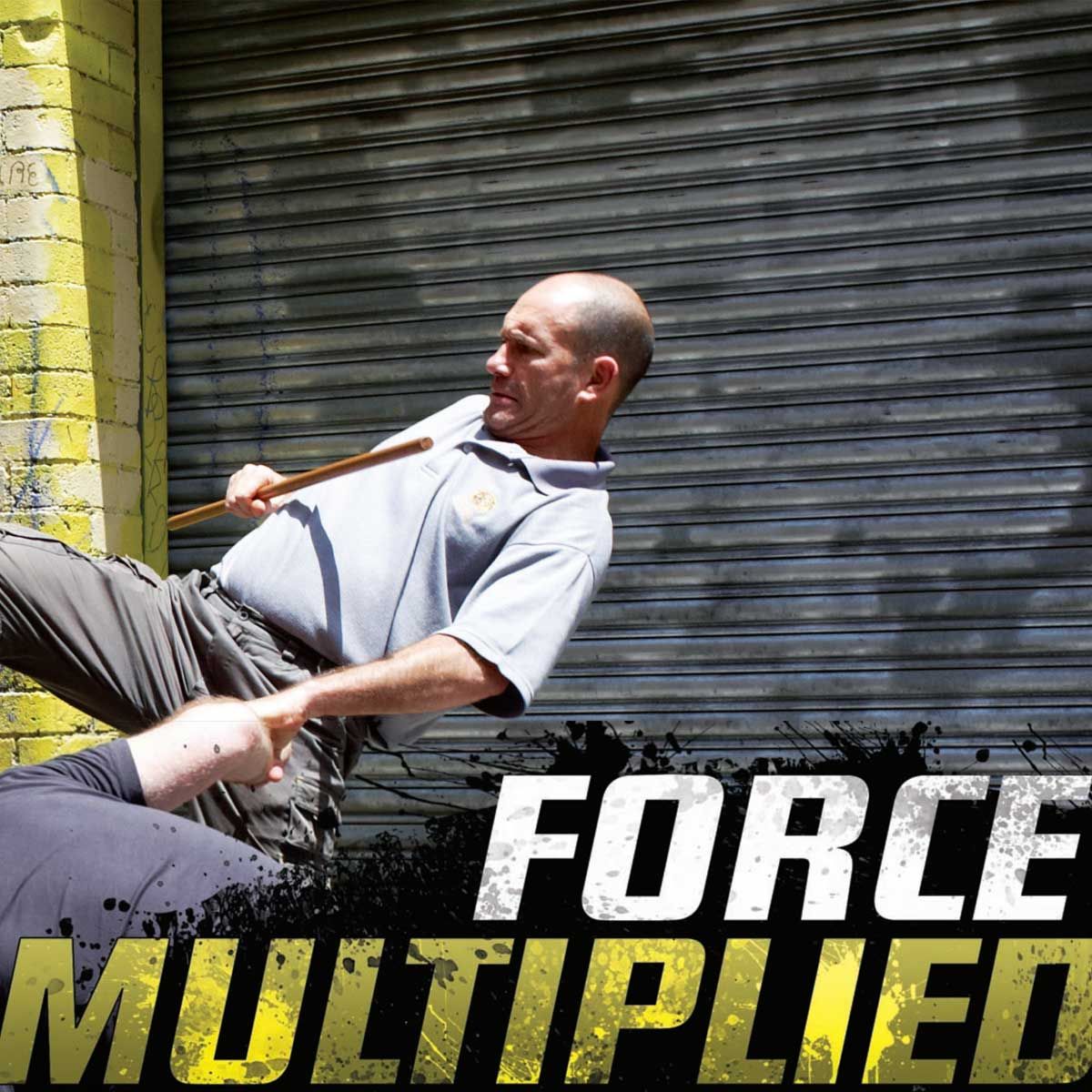THE KEEPERS OF KARATE - Scott Butler
Led by Australian karate pioneer Sal Ebanez Sensei and organized by Michael Doyle Sensei, 12 keen Aussie karateka from goju rya Australia travelled to Okinawa this past November to train and submerse themselves in the methods of goju ryu ryusyokai, headed by Shigetoshi Senaha Sensei, and Matayoshi Family Kobudo, under Takehiro gaja Sensei.
Their quest: to better understand Okinawan karate, and why it’s so different to that of the Japanese, who adopted, changed and popularized the style.
STORY BY SCOTT BUTLER
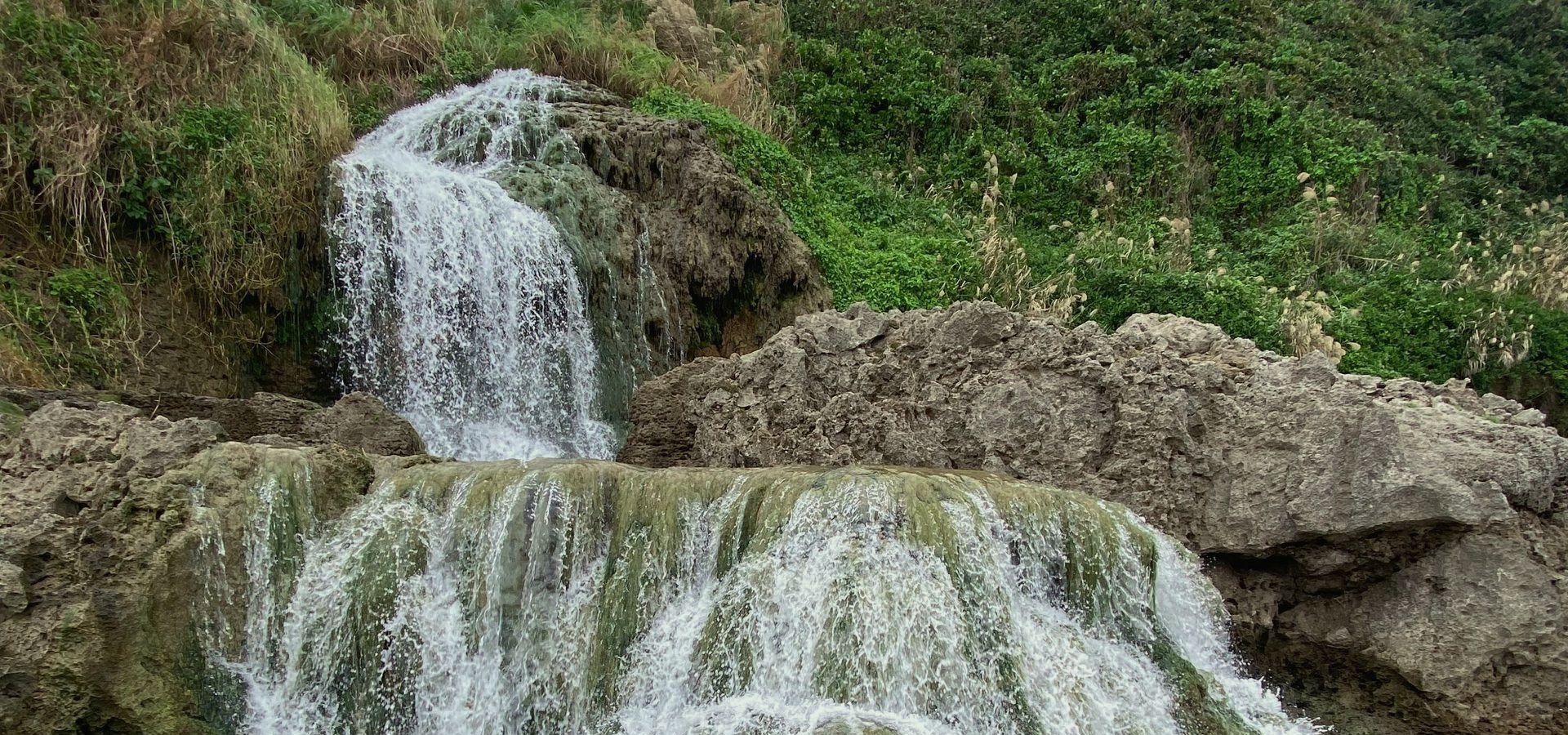
To understand true Okinawan karate, the student needs to put aside the Japanese militaristic approach of rulebound kumite and kata for points, and direct their mind simply to ‘not losing’, which is a mindset Okinawan masters instill in their students. It is vital to be guided by correct instruction; Goju karate founder Chojun Miyagi Sensei remarked that being without a teacher was like wandering in the dark. But if you believe that true Okinawan karate is only taught from teacher to student, think again.
Miyagi Sensei, like most karate masters of his time, soaked up information from a variety of sources to form Goju Ryu, from masters such as Ryu Ryu Aragaki, Kanryo Higishonna, Go Kenki, To Daiki and many others in his quest for knowledge. It’s only been over the past 60 to 70 years that karate has predominantly been passed from teacher to student, and even then the Okinawans are still refining their techniques, changing and expanding their knowledge. Shigetoshi Senaha Sensei, Qudan (9th Dan), is one such master who has continued to refine his technique and search for answers, even as one of the most senior students of Dai Sensei Meitoku Yagi.
Learning the Te style from one of Okinawa’s leading experts Yoshimitsu Onaga Sensei, Senaha Sensei has slowly been introducing the principles of Te into Goju complementing his teachings. Senaha Sensei started training with Yagi Sensei when he was still in high school, in August 1958, at the Meibukan Honbu Dojo at Kume Village (Naha City). The dojo is now located at Asahibashi. Senaha Sensei’s teachings are very much in line with daily practice of kata and learning the applications slowly over many years. His kata is very practical; he has often said “If the application is right, the kata is right”. Sensei’s applications (bunkai — though he prefers not to use this term) are not set in concrete like some other styles; instead applications are basic and directly resemble the kata. Each karateka’s applications will naturally evolve over time and exposure.
A true karateka lives their life thinking and analysing fighting and applications; they practise kata repetitively, drawing uncomplicated moves out of them. Senaha Sensei learnt from one of the most senior students of Chojun Miyagi Sensei (founder of Goju Ryu), training with Meitoku Yagi Sensei for over 45 years (until his death in 2003). When asked what made Dai Sensei Yagi an incredible teacher, Senaha Sensei said he was an innovator and he had lots of fresh ideas.
He said he probably changed karate a lot from when he learnt it from Miyagi Sensei — for example, altering hand positions, various drills and basic kata. Senaha Sensei’s family history is quite amazing, tracing back to the 36 families that arrived from China to Okinawa in 1392. A portion of this history (to our knowledge and from Sensei Senaha’s experience) has not been documented and to those of us that are fascinated with karate’s history we were in our element.
Arriving and Training
Like every trip, we are greeted at the airport with the smiling faces of the two masters, Senaha Sensei and Gaja Sensei, and their entourage of students with cars ready to take us to our motel. They always welcome us like family and their hospitality is felt immediately throughout the group. Before this trip we researched thoroughly the Naha district for a motel that was going to serve our accommodation needs as well as our budget. The Pacific Hotel, with their selection of rooms (breakfast included), seemed to be one of the better available three-star motels that suited our budget. The rooms were quite spacious compared to the dust-infested places we have stayed in years previously. If you’re staying a few weeks and you’re over 30, the Pacific Hotel is a nice place to hang your hat — or gi.
Now the Japanese generally don’t take bookings too far in advance, so don’t be alarmed if you find that all the rooms are booked out; it could just be the motel’s policy. Ring one-to-two months out to verify. Double check the size of the rooms, internet connection, whether there is a fridge in the room and the proximity to shops, supermarkets, etc. After settling in, the first stop was Shureido to get fitted for our supply of gis, weapons, belts and any other karate equipment. The Shureido shop isn’t huge, but it’s still like a Bunning’s for karate; most of us bought enough gear to last until the next trip! The convenient thing about Shureido is they measure your size and order the gis or equipment cut specifically for you (gis can include your name and logos sewn on).
The service is superb, but allow about a week for them to complete your order. Our mornings or afternoons over our two-week stay were usually spent training at the Budokan gardens behind the Budokan stadium, or at Sensei Senaha’s dojo. The Budokan is like the MCG of karate and has been purposely built for all types of martial arts competitions, special events and private training. Many senior instructors instruct their few students at the Budokan. It’s common to see 8th or 9th Dans instructing 4th or 5th Dans in kata or applications. The classes we saw weren’t the sweat-infested classes we are used to (they do that during their personal training), but were usually slow with plenty of technical instruction.
Training at Senaha Sensei’s dojo is quite an experience, nestled on a slight hill, the premises has two floors with the dojo being on the bottom and Sensei’s home on the top. The dojo is everything you would expect an Okinawan dojo to be like: old sweatstained floor boards, certificates and old photos everywhere, hojo undo [strength and conditioning] equipment that looks old enough to have been used by the 36 original families, cupboards filled with Habu sake and name tags of old and current students. And unlike most changing areas, Senaha’s has room for more than one person. The evenings are when the classes are held for both karate and kobudo, and the classes usually run from 6pm to late.
Everyone was very eager to get to the dojo and train. Karate training sessions consisted of kata and explanation of applications (practical fast and effective), followed by ippon kumite (onestep pre-arranged sparring with tori and uke), nihon kumite and usually fi nishing with a rensuku kumite (basic attack and defence routine offering a multitude of benefi ts). Senaha puts a huge emphasis on natural breathing and not forcing the breath, as that can lead to health problems. After training, the students were free to do kaki, which is personal training on the makiwara, drills, hojo undo or personal instruction.
After this, Senaha Sensei always encouraged everyone to relax, have a cold drink and nibble on some snacks — but don’t confuse this with total relaxation, as this is not a time to lose your manners. Sensei is very observant and will notice the slightest sign of disrespect, but will not say much as he probably thinks we will learn over time — but luckily someone else is generally watching and the chances of it happening a second time is lessened. A highlight of this trip was participating at the Tomigusuku City Community Centre local festival.
Senaha Sensei organised for us to participate in this demonstration along with his senior students. Performing Seienchin kata in front of the Tomigusuku community had a certain irony to it; you had this feeling of being judged, which is understandable. It was like trying to show the Poms how to play cricket at Lords! The Okinawans have an abundance of festivals throughout the year, which is a huge part of their culture. Unfortunately, the youth are no longer participating nearly as much, due to other modern interests and these local traditions are at risk of dying out. We have participated at local festival/carnivals before; the difference with this one was we had prior warning, which gave us time to coordinate our kata.
During our trip we had the opportunity to visit Sensei Chojun Miyagi’s gravesite, not far from Naha at the bottom part of the island in a town called Nishihara. I was surprised that I remembered how to get to the tomb as I had only been there once previously and everything is written in Japanese. Not everyone in Okinawa has the fortune to be buried in a tomb (haka) as the cost of this far outweighs the average budget. The tombs are found on hillsides and there are two types: the ‘turtleback’ tomb and the ‘gable’ type. There is an old Okinawan custom called ‘washing the bones (senkotsu)’, that is still practised by some families. If you ever get the chance read about this old custom, it is pretty fascinating. I don’t think many Westerners would have the stomach for it.

Matayoshi Family KOBUDO
Takehiro Gaja Sensei, our instructor of Matayoshi Family kobudo, is another true martial artist. His kobudo has some venom to it, although he never shows you too much and lets the kobudoka learn the teachings in their own time. Gaja Sensei learnt his kobudo from two highly acclaimed instructors, Sensei Shinko Matayoshi (10th Dan Hanshi, 1921–1997) and Seiko Itokazu Sensei (10th Dan Hanshi, born 1933). We were all amazed by Gaja Sensei’s speed and agility; at almost 70 he moves better than most 30-year-olds. He is quietly spoken, listens more than he speaks and has a depth of knowledge of Okinawan karate, kobudo and cultural history that few have obtained.
On top of being a 6th Dan Matayoshi Family Kobudo instructor, he is an 8th Dan Uechi Ryu karate instructor under Seiko Itokazu Sensei. Itokazu Sensei was taught by Kanyei Uechi but reformed a breakaway group called Pangai-noon Ryu (the old name before Uechi Ryu) in October 1978. Focusing primarily on the bo (staff) sai (iron forks) and tonfa (batons) — with higher grades also using nunchaku and eku (oar) — we spent hour after hour working on kihon (basics) and kata, and asking questions on applications, which were always very basic, strong and practical; nothing fancy.
At the end of the trip, we all graded up from our current ranks in a four-hour, extremely hot and humid grading, which certainly was another highlight, helping the Australian division to step up. We have forged a strong relationship over the years with Gaja Sensei and I have noted that he is one of the most — if not the most — patient instructors I have witnessed.
SOME TRIP TIPS
Proper preparation prevents poor performance: Travelling to Okinawa, you might say, is quite simple: jump in the plane and off you go. But unless you have been blessed with endless money and time, your stay will be a short one. You need to prepare prior to maximize your opportunities to obtain and receive the wonderful intangible gifts this island has to offer.
Keep a journal: Go out and buy a nice writing journal and start recording the information you’re being taught; reference it, cut and paste photos into it. You will retain only about 10 per cent of what you have learnt and seen so start documenting it for future reference. Repetition is by far the simplest and best way to make this stuff stick; once is not enough. Take a video camera (always ask permission before using) to record, not only others but yourself too, straight after the lesson to review back home.
Time of Year: We have travelled to Okinawa during August, September, October and November. My recommendation is go in November; the later in the year the better. Once we went at the start of August when the humidity is higher than in a Norwegian sauna. The problem with training in this type of heat is the pressure it puts on the internal organs. The months between November to April seems to be good but check the annual weather reports.
What to take: Two gis are enough; there are plenty of laundromats around for you to do your daily wash. Washing and drying can work out to be about 600 Yen (about $7 to $8 per wash) so try organizing to wash gis together. Take a weapons license; if you already train in kobudo, you should know all about the weapons licence situation (and these will vary from State to State). If you don’t know, then get onto the police website and download a copy of the application form; you will need this to bring most weapons back into the country. For example, sai, tonfa or tunkua and nunchaku will come under Federal and State legislation and you will need a written authority from the Minister to import them.
Luggage weight: Doublecheck the weight you can carry out of Okinawa. The cost of extra weight can be a real dampener to a great trip if you have bought up big. Usually most of the airlines (Japan, China Airlines, China Eastern) carry 20kg, and usually we have not had a problem being over weight, but in 2006 on a trip, most of us were about 10kg over and it cost us US$50 US per kg!
Phones: Quad band (roaming) works great but it can be very expensive (ask your service provider their rates). We use Skype — it’s free! Set it up before you go; make sure you have an internet connection at the motel you are staying at and off you go. Convert money before going: Throughout the year, we look for when the Yen against the Australian dollar is high and buy some Yen, or shop around to get the best conversion rate (at banks). What the current rate is, is not what you will get from the banks; the banks have to take their margin.
Miscellaneous: Organize travel insurance; shop around to get a great rate and tell your bank you are going overseas. Take an assortment of medication for different situations — diarrhoea and constipation tablets, for example.
Research locations: For a great website on accommodation information, festivals, cultural information, transport and shopping, check out www.ocvb.or.jp If you are travelling in October, a highlight would be the Great Naha Tug of War, which, I am told, is about 180 metres long, weighs about 40 tonnes, stands about 1.5 metres high and is the world’s largest tug of war.
WRAPPING UP
Nothing worth learning is learned fast. Don’t think that one trip is going to answer all your questions. It’s great to get the experience of training in another country, but will that be the edge you have been waiting for to put you up there with the karate elite? I doubt it; it’s only one key of many keys to progress along the stages of learning (shuhari). Plan your goals, for example: refining a kata or interviewing senior students — or, better still, the kancho (head instructor) — with questions on kata applications or history. Have fewer goals but look for greater depth. Last but not least, submerse yourself into reading and researching this magnificent fighting craft; you will be surprised at the gifts you will receive.□
Blitz Martial Arts Magazine MARCH 2010 VOL. 24 ISSUE 03New Paragraph






